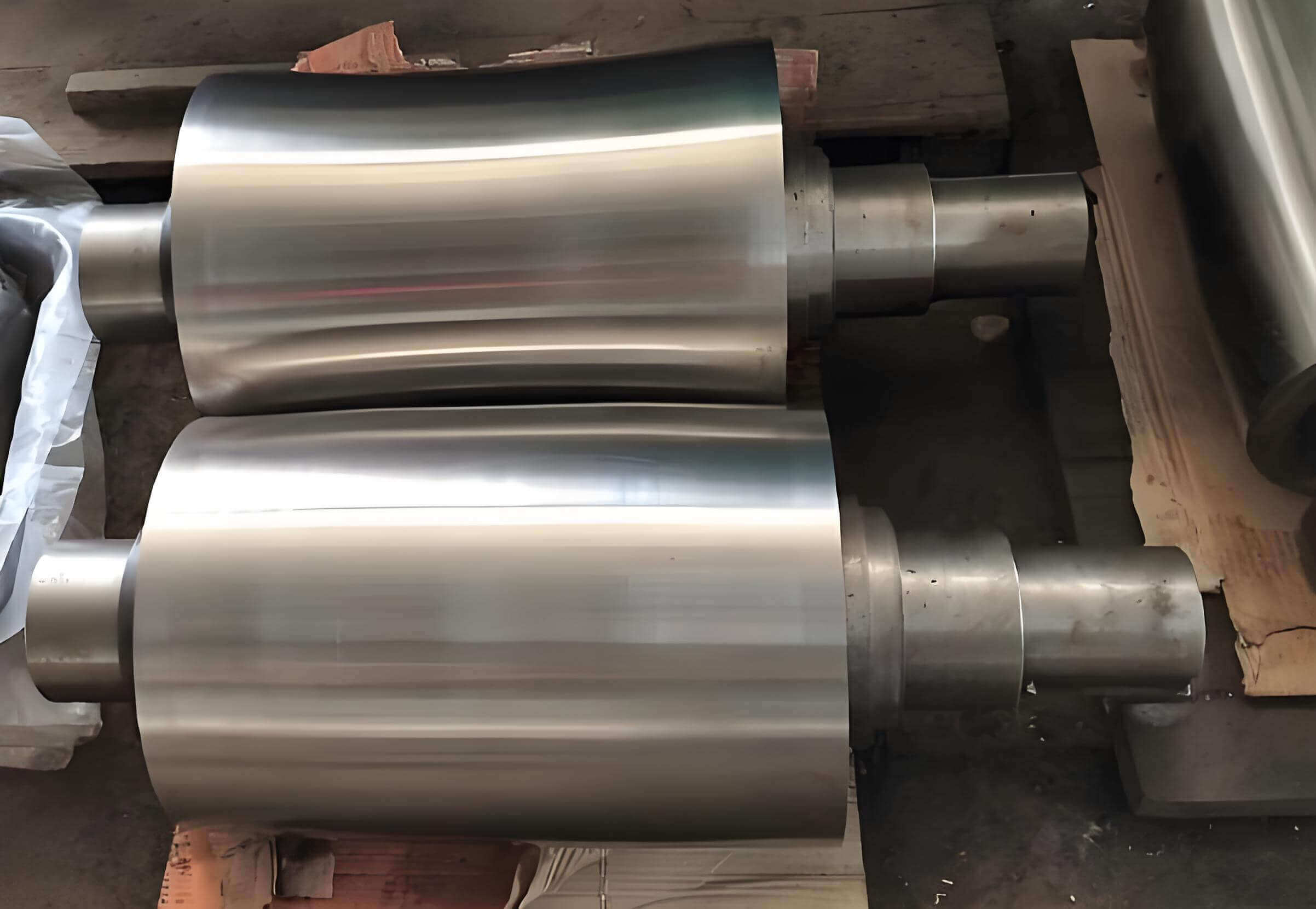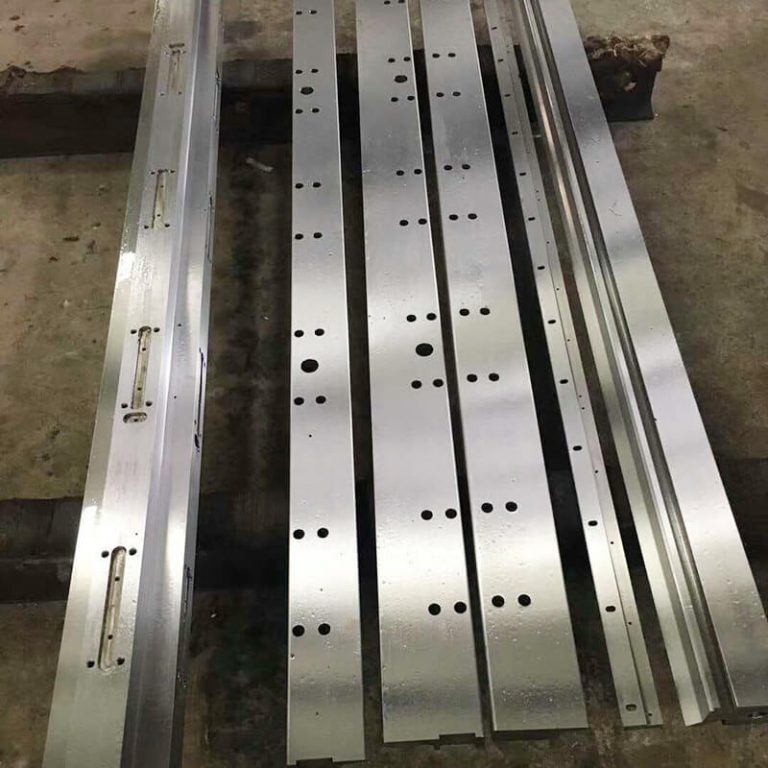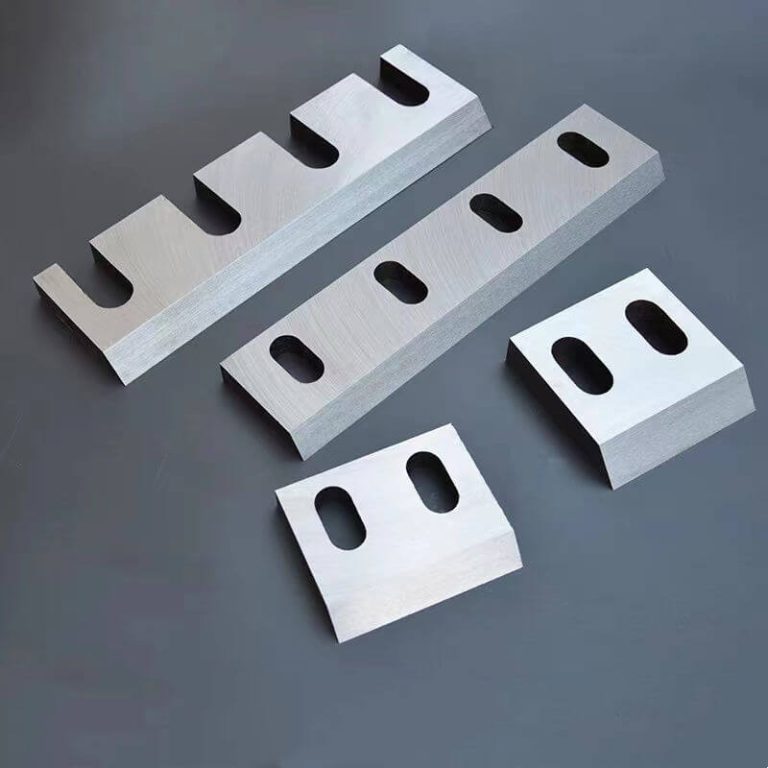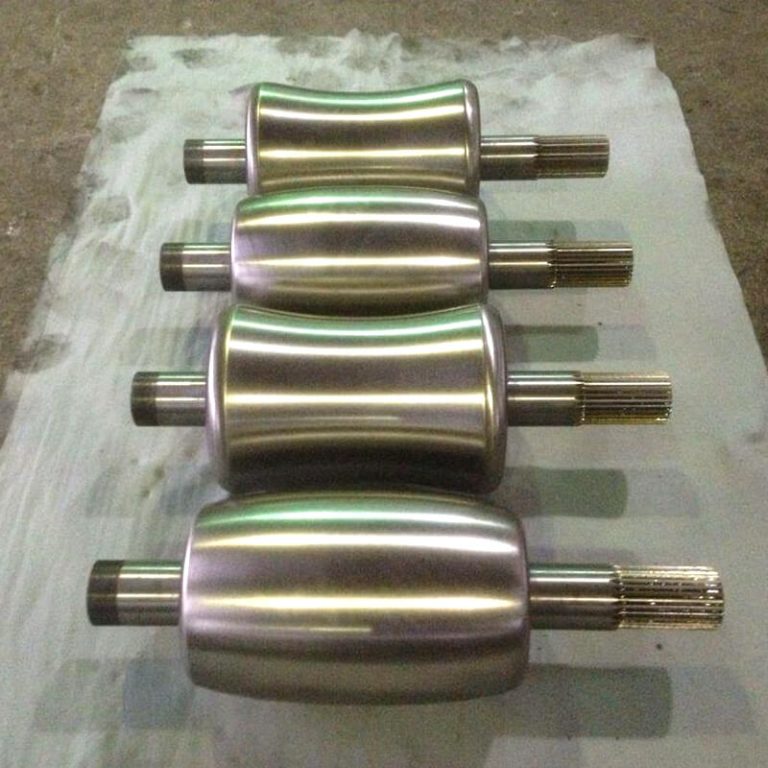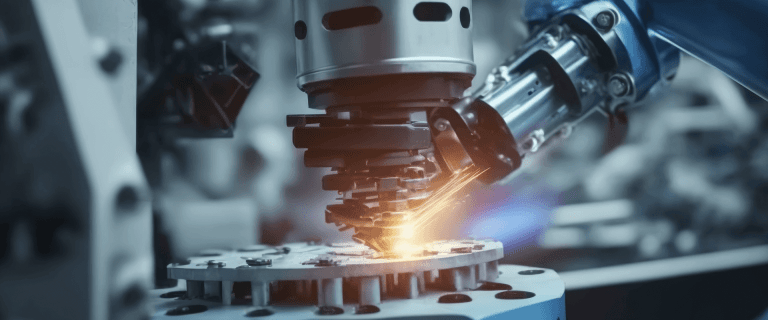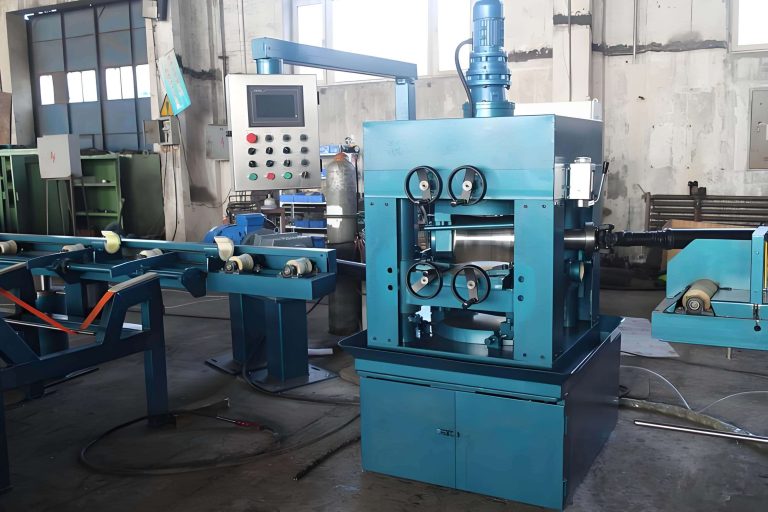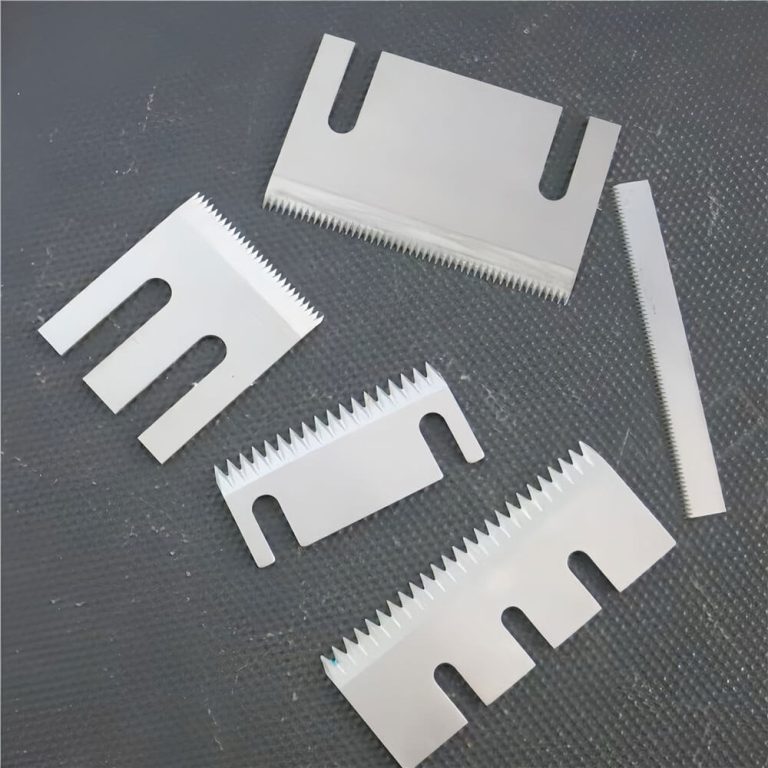Things to Consider When Buying Two-Roll Straightening Rollers
Key Considerations When Purchasing Two-Roll Straightening Rollers
Two-roll straightening rollers are critical components in metalworking industries, particularly for achieving precise straightness in bars, tubes, and profiles. Their performance directly impacts product quality, production efficiency, and operational costs. This article explores the essential technical, material, and operational factors to evaluate when selecting two-roll straightening rollers, supported by industry standards and engineering principles.
1. Material Compatibility and Surface Engineering
A. Workpiece Material Properties
The selection of roller materials must align with the mechanical properties of the workpiece:
– Yield Strength Ratio: Roller hardness should exceed the workpiece’s yield strength by at least 30% (e.g., HV 600 rollers for titanium alloys with HV 400).
– Ductility Considerations: For highly ductile materials like copper (elongation ≥40%), rollers require polished surfaces (Ra ≤0.3 μm) to prevent surface defects during multi-pass straightening.
– Abrasion Resistance: Materials prone to work hardening (e.g., stainless steel) demand rollers with wear-resistant coatings like tungsten carbide or plasma-sprayed ceramics.
B. Roller Surface Treatments
| Workpiece Material | Surface Treatment | Roughness (Ra) | Coating Thickness |
| Carbon Steel | Induction Hardening | 0.8–1.2 μm | 2–3 mm |
| Aluminum Alloys | Hard Anodizing | 0.2–0.3 μm | 50–100 μm |
| Nickel Alloys | HVOF Coating | 0.4–0.6 μm | 1.5–2 mm |
Key Insight: Mismatched surface roughness can cause slippage or scratching. For instance, aluminum requires mirror-like finishes, while carbon steel benefits from micro-textured surfaces for grip.
2. Geometric Design and Load Distribution
A. Roller Diameter-to-Workpiece Ratio
The roller diameter (D) must be proportionate to the workpiece diameter (*d*) to avoid internal stresses:
– Minimum Ratio: D/d ≥ 20 ensures bending curvature stays within the elastic-plastic transition zone.
– Example: For a 30 mm diameter steel bar, rollers should exceed 600 mm in diameter.
B. Roller Profile Optimization
Advanced roller profiles use hyperbolic geometries to distribute stress evenly:
$$ y(x) = \frac{C \cdot x^2}{1 + \sqrt{1 – (K+1)C^2x^2}} $$
Where *C* (curvature constant) and *K* (correction factor) are derived from the material’s Young’s modulus (*E*) and Poisson’s ratio (*ν*).
Design Tip: Finite element analysis (FEA) tools like ANSYS or ABAQUS help simulate stress distribution and optimize profiles before manufacturing.
3. Dynamic Performance and Power Requirements
A. Torque and Speed Calculations
The required torque (*T*) depends on material properties and process parameters:
$$ T = \frac{\sigma_y \cdot d^3}{5.1 \cdot \tan\alpha} $$
Where:
– *σ_y* = Yield strength (MPa)
– *α* = Straightening angle (8–12° optimal)
– *d* = Workpiece diameter
Case Study: Straightening a 40 mm AISI 4140 steel bar (*σ_y* = 655 MPa) requires a torque ≥18 kN·m.
B. Drive System Specifications
– Servo Motor Requirements:
– Angular positioning accuracy: ≤0.01°
– Acceleration: ≥300 rad/s²
– Speed stability: ≤0.5% fluctuation
– Energy Efficiency: Regenerative drives can reduce energy consumption by 15–20%.
4. Control Systems and Industry 4.0 Integration
A. Closed-Loop Feedback Mechanisms
Modern systems integrate sensors for real-time adjustments:
– Force Monitoring: Load cells detect deviations ≥2% from setpoints.
– Thermal Compensation: Laser sensors adjust roller gaps based on thermal expansion (compensation rate: 0.5 μm/°C).
– AI Algorithms: Machine learning models predict wear patterns and schedule maintenance.
B. Connectivity Standards
– Protocols: OPC UA, MODBUS-TCP, or PROFINET for PLC integration.
– Digital Twin Compatibility: Ensure compatibility with ISO 23247 for virtual commissioning.
5. Lifecycle Cost Analysis (LCCA)
A. Cost Breakdown
$$ LCC = C_p + \sum_{t=1}^{n} \frac{M_t + E_t + D_t}{(1 + r)^t} $$
Where:
– *C_p* = Initial purchase cost
– *M_t* = Maintenance costs (e.g., regrinding, coatings)
– *E_t* = Energy consumption
– *D_t* = Downtime losses
– *r* = Discount rate
B. ROI Case Study
Upgrading to ceramic-coated rollers (initial cost +40%) reduces annual maintenance by 60% and extends service life by 3 years, achieving a 22% ROI within 4 years.
6. Industry Standards and Certifications
– Dimensional Accuracy: ISO 9013 (tolerances for straightness ≤0.1 mm/m).
– Safety Compliance: CE Marking (EN 693 for hydraulic systems) or OSHA 1910.212.
– Quality Assurance: Suppliers should provide ISO 9001 certification and material traceability reports.
Future Trends and Innovations
1. Smart Rollers: Embedded IoT sensors for real-time strain monitoring.
2. Additive Manufacturing: 3D-printed rollers with gradient materials for stress optimization.
3. Eco-Friendly Solutions: Water-based lubrication systems to reduce environmental impact.
Conclusion
Selecting two-roll straightening rollers requires a holistic approach combining metallurgical expertise, mechanical engineering, and operational economics. Prioritize suppliers offering technical support for profile customization and lifecycle management. As Industry 4.0 reshapes manufacturing, investing in smart, adaptable systems will future-proof production lines and maximize ROI. Always validate choices through pilot testing and digital simulations to mitigate risks.

